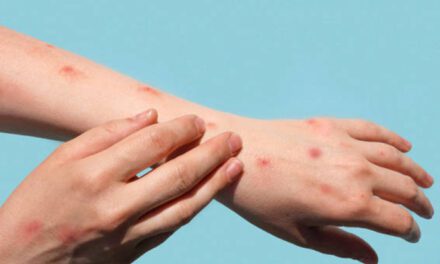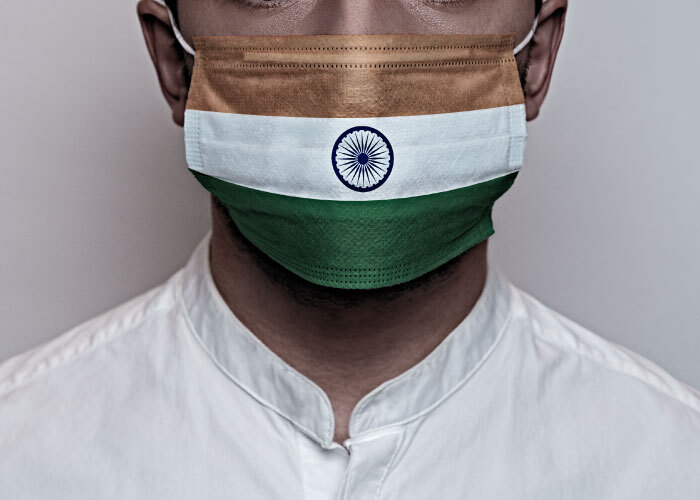Rising concerns about tomato fever have left the nation in complete chaos. Coming in time while the country is still recovering from the aftermath of covid-19, it is important to know about this infection before deriving any conclusions.
This blog intends to clarify any doubts about tomato fever. So, continue reading!
What Is It?
Tomato fever is a highly contagious illness, infecting children of less than 5 years. This viral infection spreads through contact with infected surfaces or an infected person. Children may contract it by touching unclean surfaces, putting toys into their mouths, or sharing food with infected children.
Kerala reports the highest number of cases, around 82 in children of under 5 years of age. Rising number of cases are also reported in Tamil Nadu and Odisha.
While the symptoms resemble those of Covid-19, tomato fever is not anywhere related to it. Some studies suggest it is an extension of hand, foot and mouth disease.
Other studies even suggest it to be related to chikungunya and dengue.
But, Why Is It Called Tomato Fever?
Tomato fever leads to the appearance of red blisters, almost the size, shape and color of a tomato. Hence, the name “tomato fever”.
What Are The Symptoms Of Tomato Fever?
Following are the symptoms you should look out for:
- Red & painful blisters that look like a tomato
- High fever
- Nausea & vomiting
- Fatigue
- Diarrhea
- Pain & swelling in joints
- Body ache
- Skin irritation
Cold & cough may also occur in some cases. Although the infection is common in children, it may even happen in people who are immunocompromised.
How To Diagnose & Treat If Your Baby Gets Sick?
Though there’s no one test to confirm tomato fever, doctors confirm it once they rule out the possibility of dengue, chikungunya, zika virus, varicella-zoster virus, and herpes.
Once it gets confirmed, you should be doing the following things:
- Isolate your kid from others.
- Make them drink plenty of fluids.
- Ensure good hygiene and sanitization.
- Don’t let them scratch the blisters.
- Letting them take enough rest.
Vaccination is also a great way to minimize risk of contracting this virus, especially for children.
Conclusion
So, coming to the conclusion that if it is a matter of concern or not, all we have to say is that time will tell! But from what we have seen until now, taking preventive measures like maintaining good hygiene and keeping a distance from the infected people can help.
Other than that, watch out for the signs and symptoms mentioned above. Children under the age of 5 years and adults who are immunocompromised should be given special attention.






